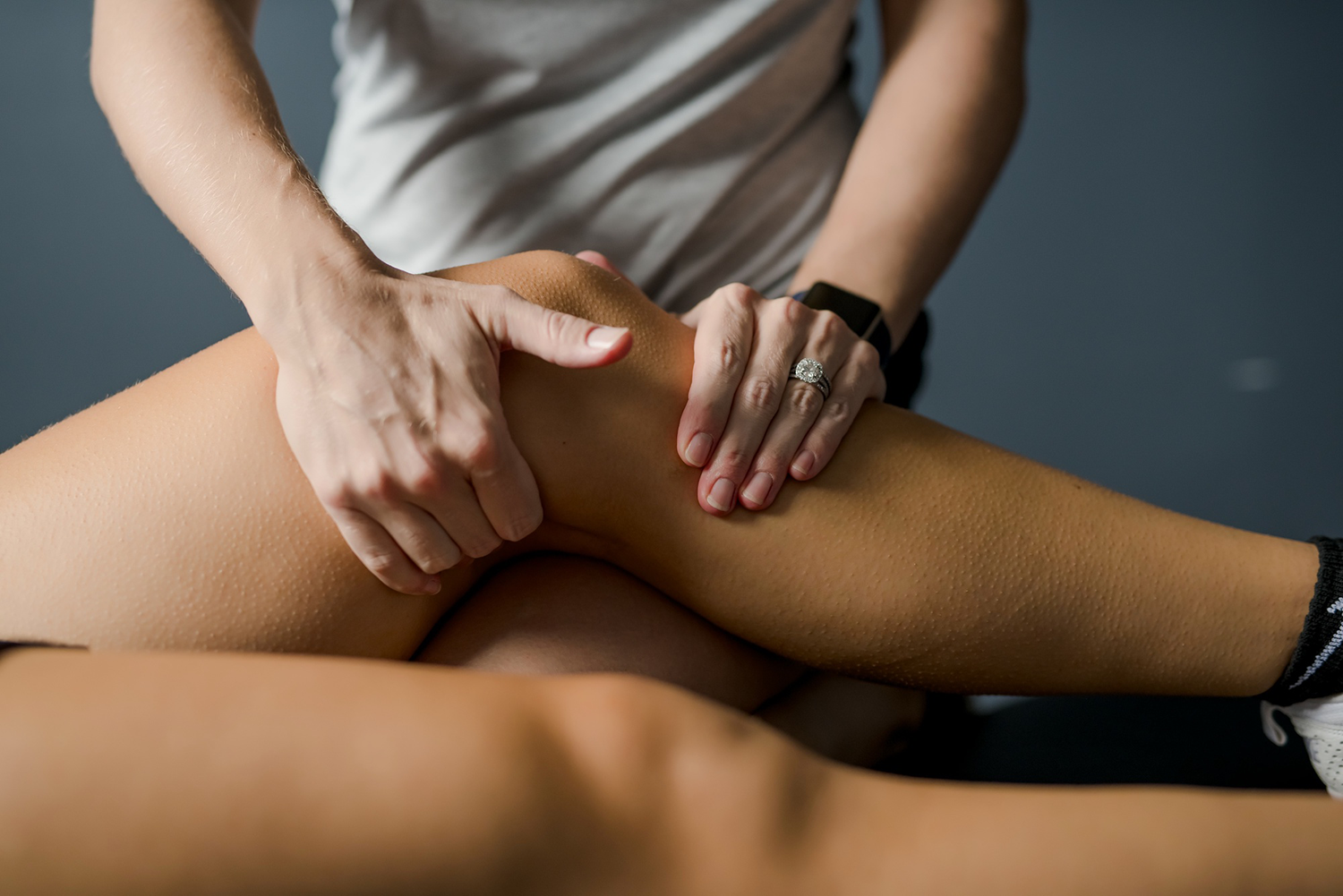Injury Risk vs. Rate

The Difference Between Injury Risk and Injury Rate
This discussion builds on past posts about the acute: chronic workload ratio and why we use objective measurements in return-to-play testing.
We are big believers in using technology to give us objective measurements to track progress or stress over time. We focus on technologies that give us actionable data to impact your care. Whether that information teaches us what phase of your jump we need to focus on through measurement on our force plates, or what muscle may need a little extra strengthening using a strength-measuring device or how to adjust your throwing program by using the Motus sleeve, we trust the data about your actual performance now to tell us what to do next. When discussing return-to-sport or return-to-throwing, we will use data to create a plan to “lower your risk of re-injury.” But what does that mean?
“There is a difference between risk of injury and rate of injury.”
Research has given us some guidelines that allows us to categorize athletes as being at a “higher risk” of injury versus other athletes. For example:
- Female athletes are at higher risk of ACL tears than their male counterparts
- Having a previous injury in almost any part of your body puts you at higher risk of re-injury
- Having quadriceps strength on the ACL injured leg at less than 90% of the un-injured leg puts you at higher risk of re-injury when you return-to-sport
- Having the external rotators of your shoulders at least two thirds as strong as the internal rotators of your shoulders reduces your risk of shoulder injury
- Monitoring the ratio between your acute workload (stress) to your chronic workload (stress) and keeping this ratio under 1.5 will lower your risk of injury
While we can’t influence some of these factors (like gender or injury history), we can address factors like strengthening your quadriceps, strengthening your rotator cuff, or monitoring and adjusting your workload. But, just because we address these things, and reduce your “risk”, does it mean you won’t get injured (or re-injured)?
The simple answer is, unfortunately no. There is a difference between risk of injury and rate of injury. Just because you are at higher risk of injury, does not mean you will be the one who gets injured. Sport is unpredictable and injuries are too multi-factorial to predict or prevent every time. For example, there are thousands of female soccer players who are at statistically a higher risk of injury who have never been injured. And just because we optimize your rotator cuff strength, does not guarantee you won’t pull your lat or develop little league elbow.
So is all this measurement, planning and attempts to lower injury risk a waste of time? From our perspective no. Our philosophy at Kinetic Sports Medicine is to use the available technology and research to measure and improve what we can in order to position every athlete in a place where they can perform at the highest level with the lowest possible risk.
